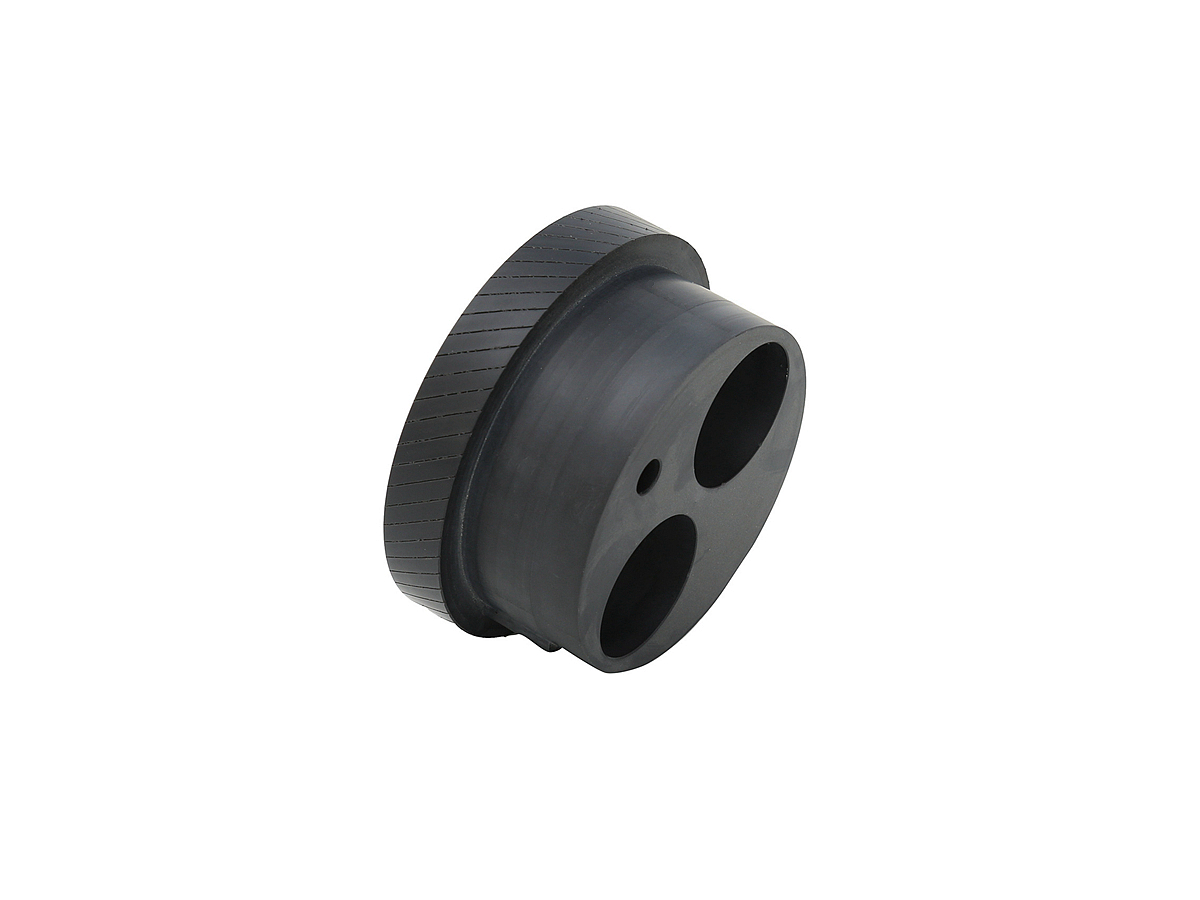Precision CNC Machining of ABS for Durable, Impact-Resistant Parts
Introduction to Precision CNC Machined ABS Components for Impact Resistance and Durability
Industries such as automotive, consumer electronics, and industrial equipment frequently demand materials with high impact resistance, excellent dimensional stability, and affordability. Acrylonitrile Butadiene Styrene (ABS) stands out as a leading thermoplastic due to its remarkable toughness, ease of machining, and cost-effectiveness, making it ideal for durable, impact-resistant components including automotive interior parts, protective casings, consumer electronics housings, and custom industrial enclosures.
With advanced CNC machining, ABS components can be precisely manufactured to achieve complex geometries, exceptional dimensional accuracy, and smooth surface finishes, optimizing both performance and aesthetics.
Comprehensive Analysis of ABS Plastic for Impact-Resistant Applications
Material Performance Comparison for Durable ABS Components
Material | Tensile Strength (MPa) | Impact Strength (J/m) | Machinability | Typical Applications | Advantage |
|---|---|---|---|---|---|
40-50 | 200-400 | Excellent | Electronics housings, automotive panels | High toughness, easy machinability | |
55-75 | 600-850 | Good | Safety helmets, protective shields | Superior impact strength, transparency | |
60-80 | 100-200 | Good | Mechanical gears, bearings | High strength, good wear resistance | |
25-35 | 50-150 | Good | Packaging, medical components | Chemical resistance, cost-effectiveness |
Material Selection Strategy for CNC Machined ABS Components
Selecting ABS plastic for CNC machining involves evaluating impact resistance, machinability, and cost considerations:
Consumer electronics housings, automotive interiors, and protective cases significantly benefit from ABS due to its optimal combination of toughness (impact strength of 200-400 J/m), ease of machining, and affordability.
Applications demanding exceptional impact strength and transparency, such as safety gear or clear protective shields, often use Polycarbonate (PC) as an alternative.
Components requiring greater mechanical strength or wear resistance, like gears or mechanical parts, typically utilize Nylon (PA).
For parts needing chemical resistance or lower cost without stringent impact requirements, Polypropylene (PP) can be suitable.
CNC Machining Processes for Precision ABS Plastic Components
CNC Machining Process Performance Overview
CNC Machining Process | Dimensional Accuracy (mm) | Surface Roughness (Ra μm) | Typical Applications | Key Advantages |
|---|---|---|---|---|
±0.05-0.1 | 0.8-3.2 | Electronics enclosures, custom casings | Versatile shapes, smooth finishes | |
±0.05-0.1 | 0.8-1.6 | Cylindrical housings, knobs | Precise rotational features | |
±0.02-0.05 | 0.4-1.6 | Complex automotive components, detailed enclosures | High precision, complex geometries | |
±0.05-0.1 | 1.6-3.2 | Mounting holes, precision assemblies | Accurate hole placement |
Process Selection Strategy for CNC Machined ABS Components
Choosing optimal CNC machining methods for ABS components involves assessing complexity, dimensional precision, and surface quality:
Consumer electronics housings, custom casings, and panels requiring detailed machining (±0.05 mm) and good surface finishes are effectively produced by CNC Milling.
Cylindrical ABS components, knobs, or custom fittings needing precise rotational symmetry (±0.05 mm) and smooth finishes are ideal for CNC Turning.
Automotive interiors and intricate enclosures with complex geometries and tighter tolerances (±0.02 mm) benefit from Precision Multi-Axis CNC Machining.
Precise assembly components requiring accurately positioned holes (±0.05 mm tolerance) efficiently use CNC Drilling Service.
Surface Treatments to Enhance ABS Component Durability
Surface Treatment Performance Comparison
Treatment Method | Impact Resistance | Aesthetic Appeal | Industrial Suitability | Typical Applications | Key Features |
|---|---|---|---|---|---|
Moderate | Excellent | Excellent | Electronics casings, automotive trims | Enhanced appearance, UV protection | |
Moderate | Excellent | Excellent | Consumer electronics, automotive interiors | Durable finish, scratch resistance | |
Moderate | Good | Good | Matte housings, decorative components | Uniform matte surface | |
Moderate | Outstanding | Excellent | High-gloss electronics parts, displays | Exceptional surface smoothness |
Surface Treatment Selection for CNC Machined ABS Components
Selecting appropriate surface treatments for ABS parts involves balancing impact resistance, aesthetic quality, and durability:
Electronics enclosures and automotive interiors often use Painting for aesthetic appeal, UV resistance, and added surface protection.
High-end consumer electronics and automotive trim components benefit significantly from UV Coating, providing scratch resistance and improved longevity.
Components requiring a uniform matte appearance, such as decorative panels and textured housings, typically undergo Sandblasting.
Electronics displays and parts needing glossy finishes or superior smoothness effectively utilize Vapor Polishing for enhanced aesthetics.
Typical Prototyping Methods for ABS Components
CNC Machining Prototyping: Ideal for precision prototyping of ABS parts, enabling rapid validation of mechanical properties, dimensional accuracy, and real-world performance.
Plastic 3D Printing: Cost-effective and rapid solution for initial functional prototypes and complex ABS designs, accelerating product development cycles.
Quality Assurance for CNC Machined ABS Plastic Parts
Quality Control Procedures
Dimensional Inspection: Coordinate Measuring Machines (CMM) to ensure accuracy.
Surface Finish Testing: Profilometer evaluations confirming required finishes.
Impact and Mechanical Testing: ASTM D638 tensile and ASTM D256 impact testing.
Visual Inspection: Checking for surface defects and dimensional consistency.
Non-Destructive Testing: Ultrasonic inspections for internal integrity.
Documentation: Complete ISO 9001-compliant quality control and traceability documentation.
Industry Applications of CNC Machined ABS Components
Automotive interior parts and trims.
Consumer electronics housings.
Protective equipment casings.
Industrial equipment enclosures.
Related FAQs:
Why is ABS ideal for impact-resistant CNC machined parts?
Which CNC machining processes work best for ABS plastic components?
How do surface treatments enhance ABS durability and aesthetics?
What quality control methods ensure ABS machining precision?
What industries benefit from CNC machined ABS plastic parts?

